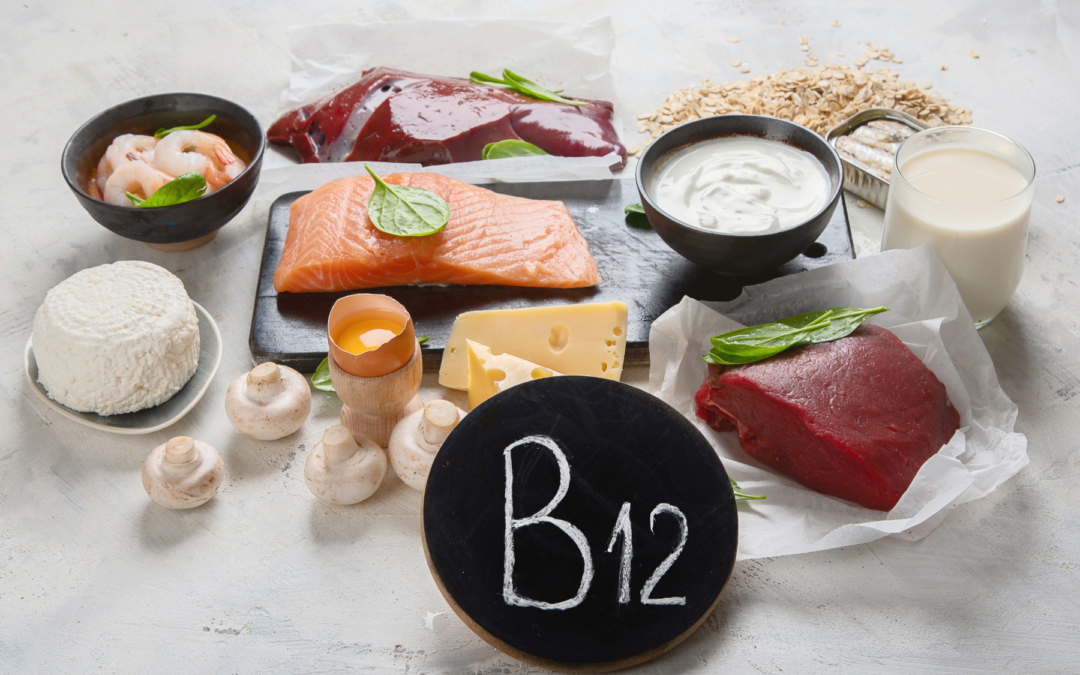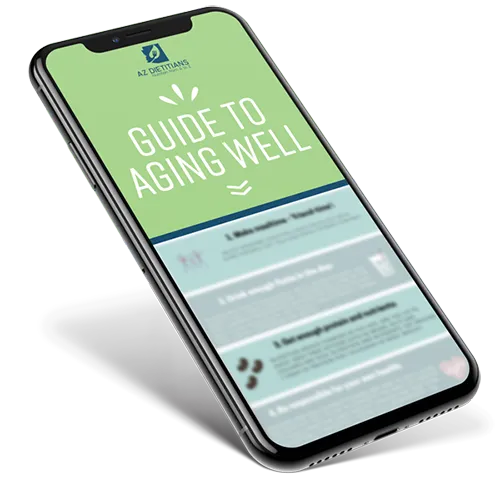While everyone has different health needs, the majority of people would benefit if they would eat more vegetables. Vegetables have a plethora of health benefits. They contain fiber which helps keep you feeling full longer and is great for your heart and gut (1). They contain essential vitamins and minerals which regulate hormones, fight infection, convert food into energy, and help your body function properly. They also help keep your blood sugar levels stable and reduce your risk of developing heart disease, some types of cancer, and other health conditions.
Although the health benefits are impressive, eating enough vegetables every day is sometimes easier said than done. The recommendation is to consume at least 2 ½ cups of vegetables each day but unfortunately, most Americans fall short of that goal (2). It may be hard to get those 2 ½ cups in each day due to limited availability, high cost, lack of time to prepare them, and preference for the taste of other food options. While these are valid barriers to consuming an adequate amount of vegetables, there are some things you can do to make it easier and more enjoyable to consume vegetables every day!
Eat More Vegetables By Improving Their Flavor
Many people don’t eat more vegetables because they don’t prefer their taste or texture but there are many things you can do to make eating vegetables more appetizing! Try preparing them in new ways, adding seasonings, serving them with dips, or pairing them with your favorite salad dressing.
Many people stay away from sauces, dips, and dressings believing that they “cancel out” the health of veggies by adding calories and fat. But these delicious additions actually allow your body to fully utilize the nutrients in the vegetables. Vegetables contain fat-soluble vitamins and these important vitamins require a fat source to be absorbed and utilized in the body. So not only will that oily salad dressing make your salad taste amazing, it will actually help your body get the full benefit of the vegetables you consume it with (3).
Raw, plain broccoli tastes very different from steamed broccoli in a cheese sauce and that tastes very different from roasted broccoli drizzled with lemon juice and salt. There are so many different ways to prepare vegetables and an endless variety of spices, seasonings, dressings, and sauces you can use to enhance their flavor.
Experiment with all the options to find ways that you enjoy. Don’t like steamed carrots? Have them raw and dipped in hummus. Don’t like raw Brussels sprouts? Roast them with olive oil, a balsamic vinegar glaze, salt, and pepper. You can try your vegetables steamed, raw, roasted, or grilled. Have them chopped, julienned, spiralized, or shredded. You can add paprika, cumin, garlic, rosemary, basil, and more. The possibilities are endless! Start experimenting to find ways you enjoy and don’t shy away from delicious additions, like sauces and dips to make them more appealing.
Add Them to Dishes You Already Love
Sometimes the easiest way to eat vegetables is to hide them in foods you already love. Many vegetables can be included in your regular meals that have such a small effect on the flavor or texture that you can hardly even tell they are there. Here are a few ideas to incorporate into your meals and snacks:
- Add spinach to your favorite fruit smoothie. This works best if you blend the spinach with the liquid base first before adding the fruit and other components. This allows the spinach to blend up really well. Start with a small amount of spinach and then increase it according to your preference.
- If you plan on including rice in a meal, mix in some cauliflower rice with regular rice to boost your veggie intake without sacrificing the satisfaction factor you get from eating real rice.
- If pasta is a favorite meal for you, try blending some cooked vegetables to add to the marinara sauce. This works great with zucchini, squash, or bell peppers.
- Add finely chopped vegetables such as onions, mushrooms, or bell peppers to ground meats. Once you season and cook it all together, you won’t even notice it’s there.
Opt for Canned or Frozen Veggies
Grocery bills can really add up when you are constantly buying fresh vegetables, letting them rot in the fridge, and then throwing them out just to repeat the cycle all over again on your next trip to the store. Sound familiar? In addition to being less expensive than fresh vegetables, canned and frozen vegetables last much longer so they are a great option to keep on hand to avoid wasting money on vegetables that spoil before you get around to eating them. They are also a great option to reach for in those last few days before your grocery trip when all of the fresh produce you previously bought has been used up.
Canned and frozen vegetables usually require minimal preparation and cooking time to be ready to eat. With most of them, you simply heat and serve, making them a fantastic addition to an easy weeknight dinner. Another reason we love frozen and canned vegetables is that they are canned and frozen when they are at their peak nutritional value. This means that many of the nutrients are preserved, making them as healthy as fresh produce and allowing you to enjoy some of your favorites even when they aren’t in season.
Cut Down on Preparation Time
One of the hardest things about eating vegetables every day is the time it takes to prepare them. Most vegetables require some prep work to be useful in meals or ready to eat and this can feel like a never-ending chore if you’re eating a lot of vegetables. If this is something that is difficult for you, consider buying pre-prepared vegetables. Another option is to set aside 1-2 times each week to do all of the choppings at once. Buy a veggie tray that is already prepared for you for easy snacking throughout the week or buy vegetables that are already washed and cut to use in recipes so you don’t have to do that work yourself.
Buying pre-cut vegetables is often more expensive so if you can’t make it work in your budget, then designate 1-2 times each week (preferably following a trip to the grocery store) when you prep all your veggies at once. To make this chore more fun, put on some music or your favorite podcast! If your vegetables are already prepared and ready to go it’ll be much easier to include them in your meals and snacks throughout the week.
Eating an adequate amount of vegetables can be a challenge but there are so many benefits to making vegetables a priority! Implement some of these tips so you can get all the benefits of including vegetables in your diet.
References:
- Harvard School of Public Health. Fiber. The Nutrition Source. Published June 6, 2018. https://www.hsph.harvard.edu/nutritionsource/carbohydrates/fiber/
- USDA Economic Research Service – Americans Still Can Meet Fruit and Vegetable Dietary Guidelines. https://www.ers.usda.gov/amber-waves/2019/june/americans-still-can-meet-fruit-and-vegetable-dietary-guidelines-for-210-260-per-day/
- National Cancer Institute. NCI Dictionary of Cancer Terms. National Cancer Institute. Published 2019. https://www.cancer.gov/publications/dictionaries/cancer-terms/def/fat-soluble-vitamin







